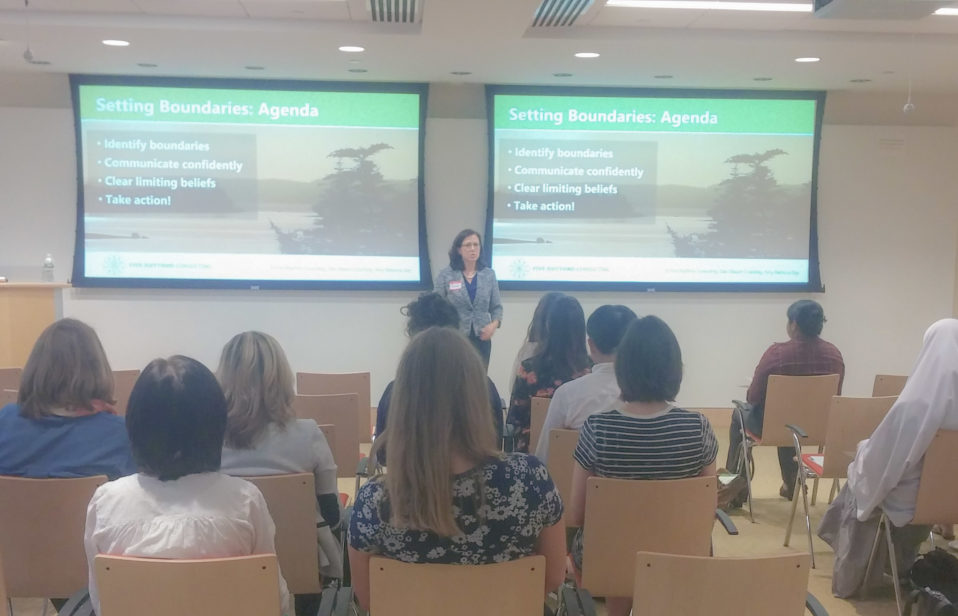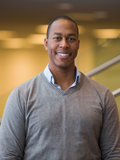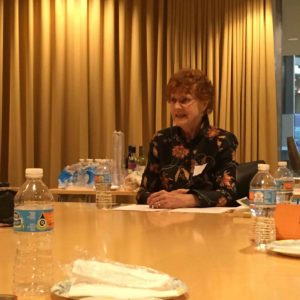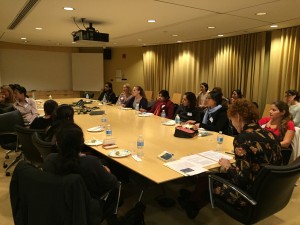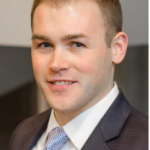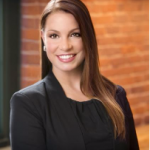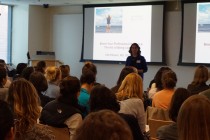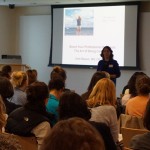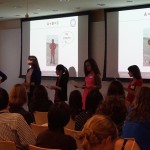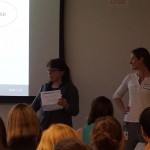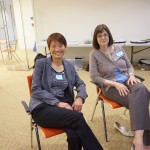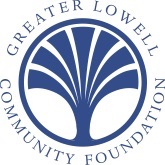Last month we shared some tips to make the most out of your mentorship. If you missed it, read it here. This month, we’ve compiled a list of resources to help with the journey- whether you’ve joined our Women Accelerator’s mentoring group OR just want to strengthen a mentoring relationship you already have in place, these links will help!
In many cases, a mentor’s advice and the mentor/mentee relationship has an impact that lasts long after the official mentorship ends. To preface the resources, we asked the Women Accelerators leadership team to share some of the best advice they’ve ever received.
“I try not to sweat over little things that are not that important. The other thing is I stop myself when I start becoming a perfectionist because no one is.”
“If you aren’t LOVING your current role, look around for the resources available to you within the organization – ask the question if you aren’t sure you can take courses. Take as many classes or accept as many opportunities as you can. Learn as much as you possibly can. Continue to work hard in your current role but exploring resources and learning may make you more qualified for your next role or ignite an old passion for your current position. ”
“Sometimes you will just not be a fit – for an organization’s culture or a specific role. That is OK. If you don’t get the job, walk away from a job or lose a job, it doesn’t mean you are a failure. Keep your head up and remember some of the best things in life are found after someone failed. Press on and find a spot that clicks – you’ll be much happier.”
“You’re mad because you suck and you don’t want to suck. You’re used to being the best. But you need to understand you’re going to suck for awhile and that’s OK. [in context of starting a new role and the learning curve that comes with it].”
“I used to get burned out very often. One of the best advice I have gotten is to “not lose sight in the current and always remind yourself of what you want” because work requests can be endless and some of them don’t necessarily lead to anywhere career wise. It is important to remember what excites you the most and follow that.”
Can you think back to advice you’ve received from a mentor that still impacts your life today?
Mentoring can be an incredible opportunity with SO much gained but it can also be SO much work especially if you don’t know where to start or what to ask. Check out the resources below to help guide you as you navigate through a mentorship as a mentor or mentee:
Mentee
- Demystifying Mentoring
- 40 Questions to Ask a Mentor
- 12 Powerful Questions to Ask a Mentor about Career Path
- What mentors with their Mentees knew
- Tips for Mentees
- TED: The Career Advice you probably didn’t get
- TED: Why we have too few women leaders
Mentor
- Top 10 tips for mentors
- What the best mentors do
- How to mentor someone who doesn’t know what their goals should be
- A quick exercise to explore different life paths
- Good Mentors help you work through strong emotions
- Demystifying Mentoring
Want to learn more about our annual mentoring program? Find out more here.
Finally, remember that we are in this together. Empower, Engage and Elevate!
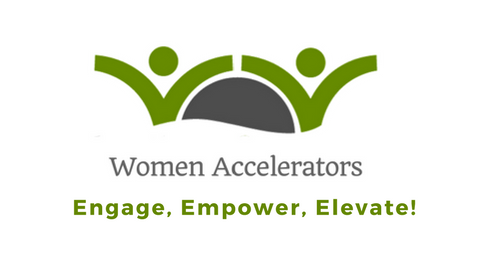




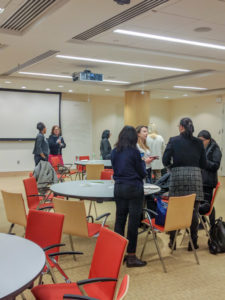
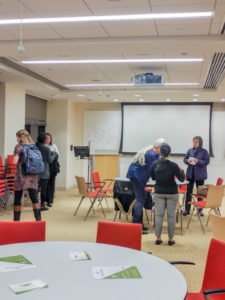
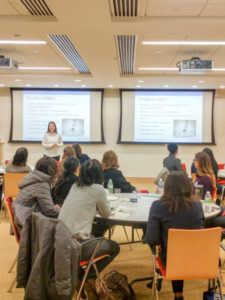




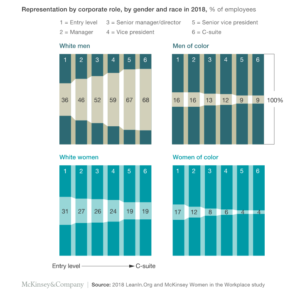


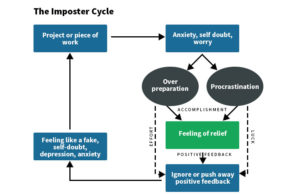

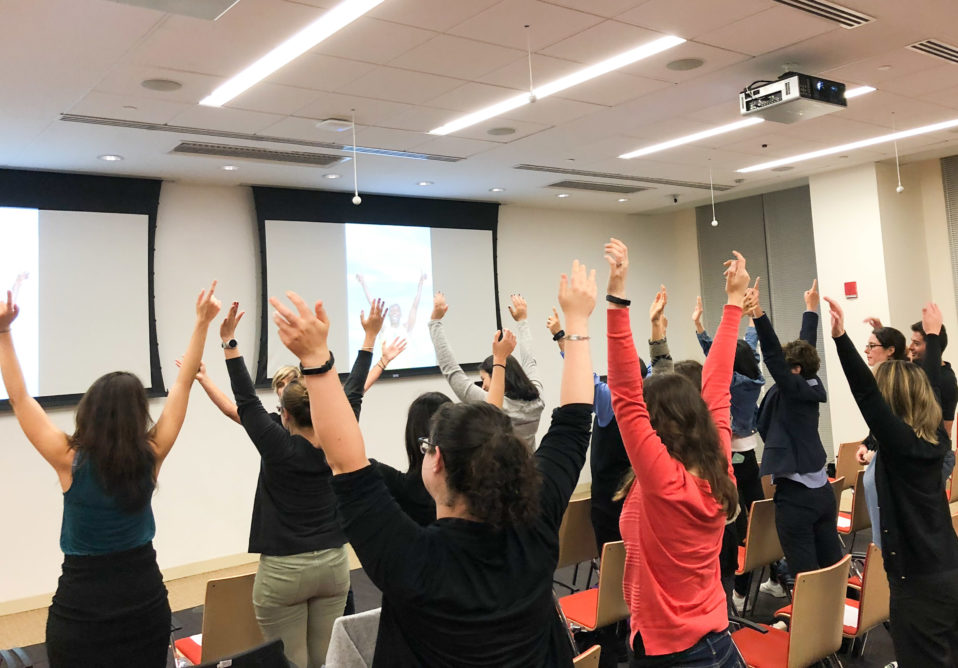
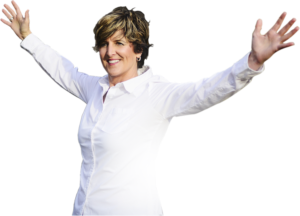
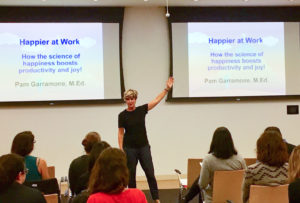
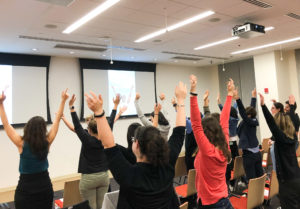
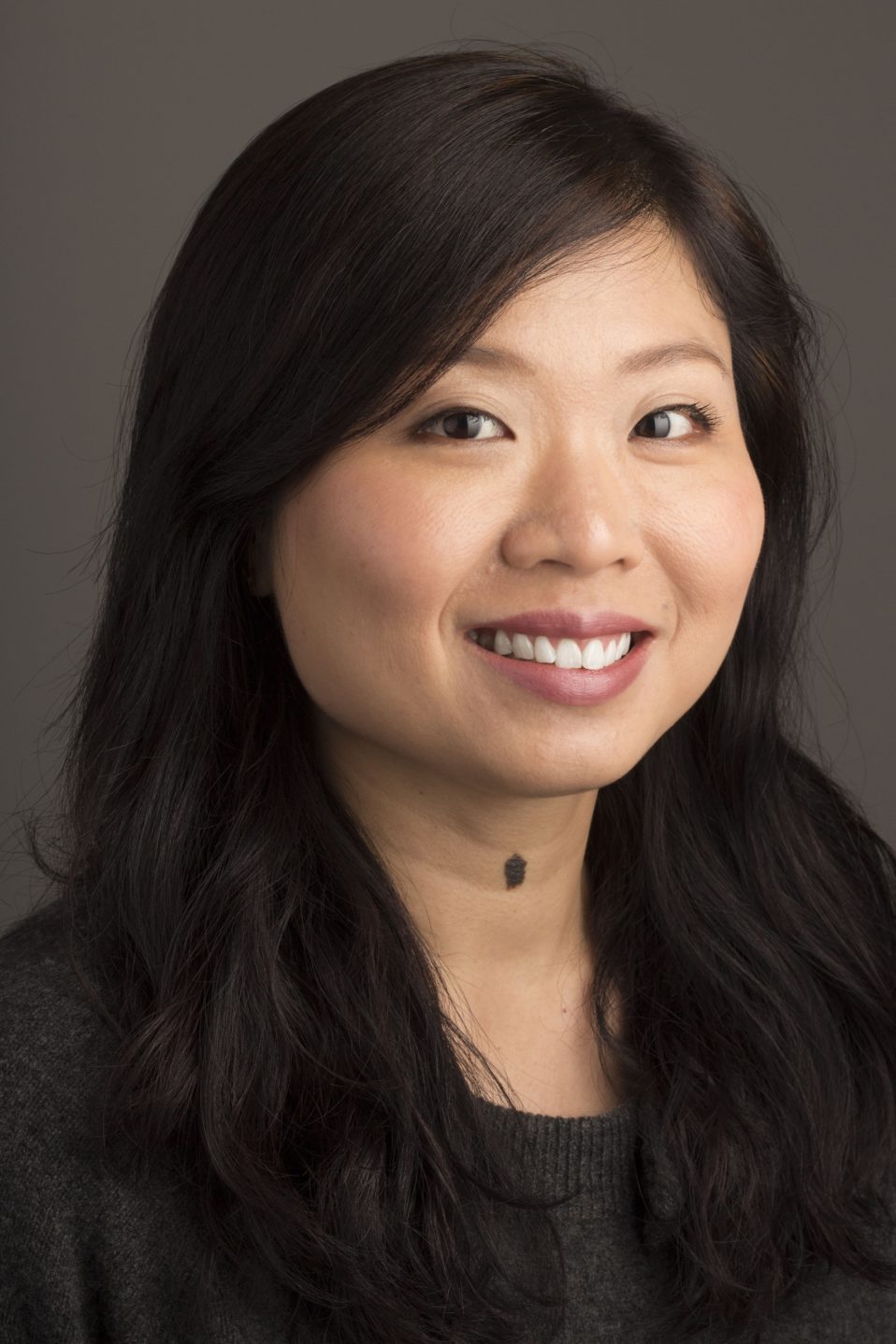

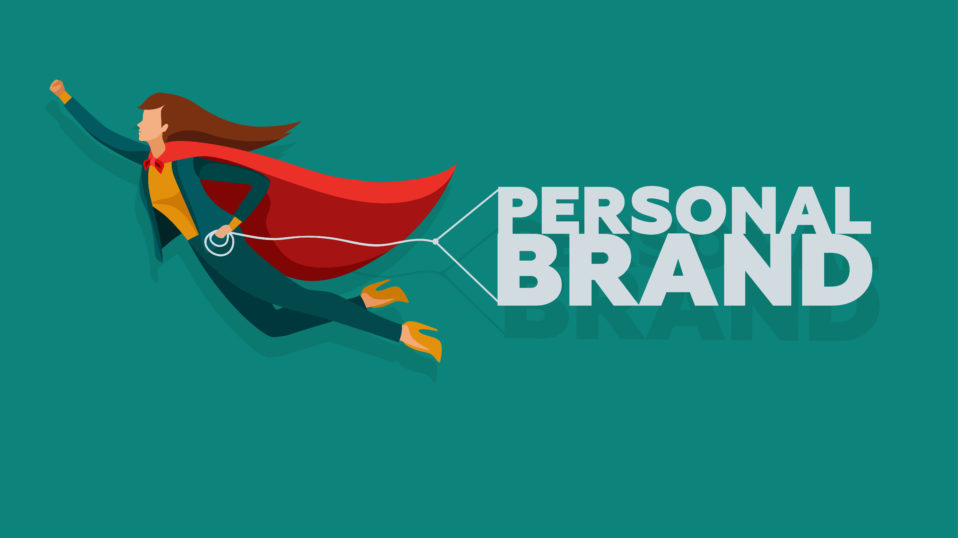
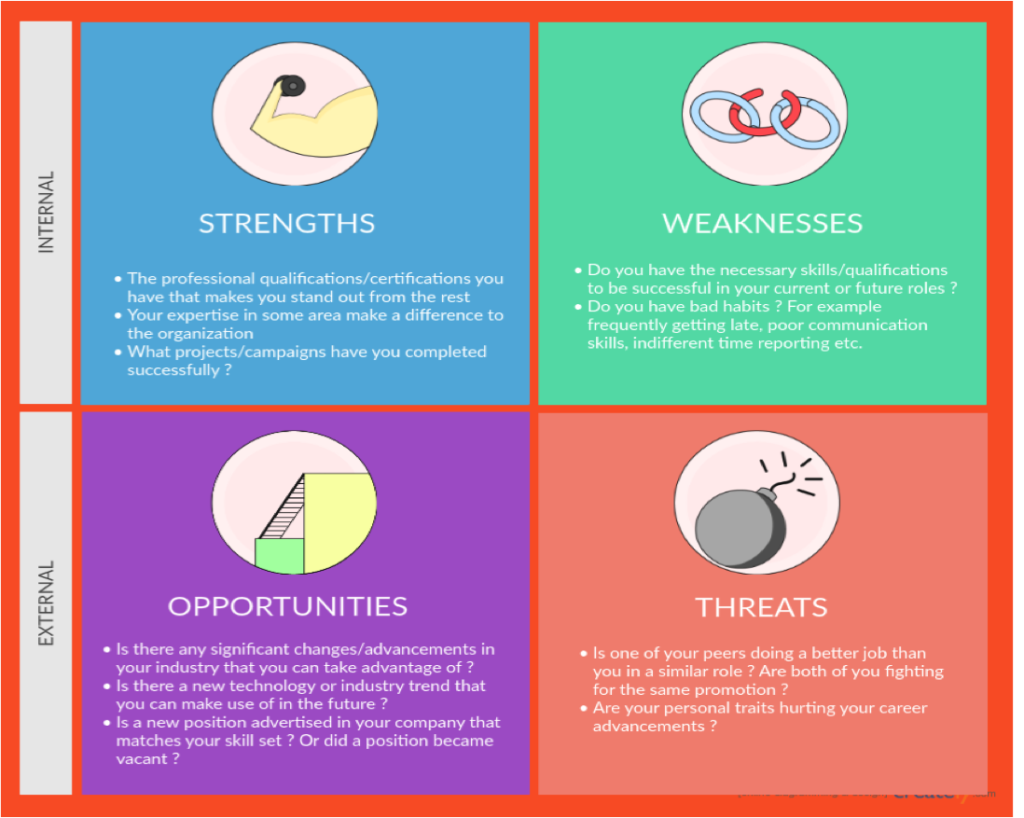
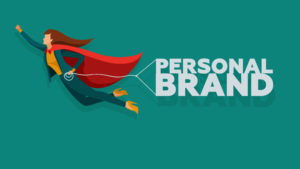 In a world comprised of billions of people, it’s too easy to blend in with the crowd. But there are numerous advantages to making yourself stand out among your peers or competitors. In an academic setting, branding yourself allows you to take advantage of great opportunities that may propel you in your career. The goal is to be eye-catching to employers. In a work setting, defining your individuality means you’re not simply a person in the workforce, but a colorful individual with deep passions and motivations.
In a world comprised of billions of people, it’s too easy to blend in with the crowd. But there are numerous advantages to making yourself stand out among your peers or competitors. In an academic setting, branding yourself allows you to take advantage of great opportunities that may propel you in your career. The goal is to be eye-catching to employers. In a work setting, defining your individuality means you’re not simply a person in the workforce, but a colorful individual with deep passions and motivations. 